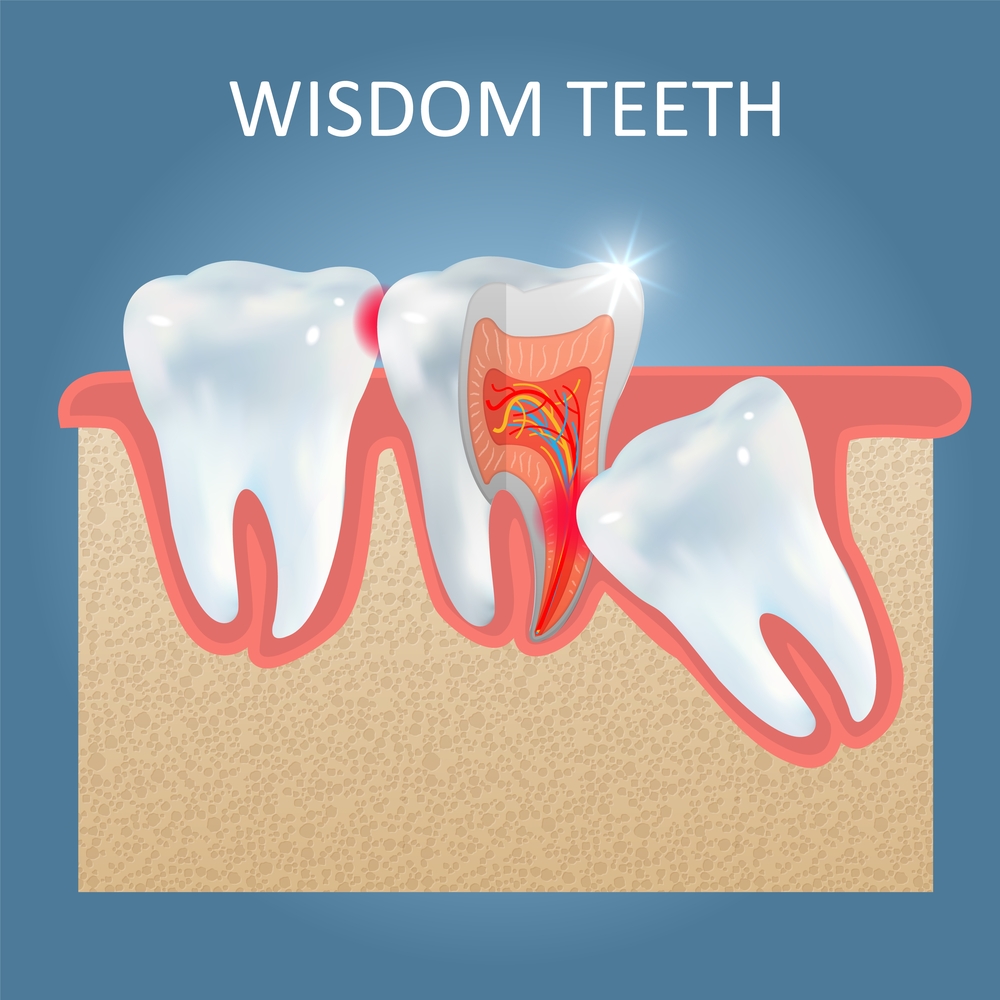Tooth Extraction Procedure
There are cases when our dentist, Dr. Yev finds that a problematic tooth cannot be repaired and should be extracted. Before performing a tooth extraction, anesthesia is applied to the affected area to minimize any pain, and using special tools, the tooth is moved back and forth within the socket until it separates from the ligament that holds the tooth. In some cases, a tooth needs to be cut into small sections in order to remove it.
Impacted Tooth Extraction
The method of removing an impacted tooth varies depending on the number of roots and their location in the gum. In many more complicated cases, patient sedation is recommended in addition to local anesthesia, but not always. The extraction is performed by creating a gum tissue flap in order to allow access to bone tissue, and a small opening is made in the bone. The next step is to cut the impacted tooth into small sections and remove them through the created opening. The gum tissue flap is then repositioned and sutured into place.
Wisdom Tooth Removal/Extraction in Denver
 Third molars, or wisdom teeth, are the least needed and used teeth, located as the last teeth and grows to a later age. Wisdom teeth often can be a health concern and cause problems if the wisdom tooth erupts through the gum while the jaw is too small to hold them. Or if they do not erupt through the gum and are not in the correct position. Both conditions cause the wisdom tooth to push surrounding teeth out of alignment, which can also affect your bite. Often there is also discomfort and inflammation in the area, with a greater risk for developing gum disease.
Third molars, or wisdom teeth, are the least needed and used teeth, located as the last teeth and grows to a later age. Wisdom teeth often can be a health concern and cause problems if the wisdom tooth erupts through the gum while the jaw is too small to hold them. Or if they do not erupt through the gum and are not in the correct position. Both conditions cause the wisdom tooth to push surrounding teeth out of alignment, which can also affect your bite. Often there is also discomfort and inflammation in the area, with a greater risk for developing gum disease.
Oral surgery to remove wisdom teeth is the most recommended solution in most cases. It can be performed as a standard tooth extraction procedure (if the wisdom tooth is fully erupted and can be accessed easily), or as an impacted tooth extraction as described above (if the tooth is not properly erupted through the gum).
